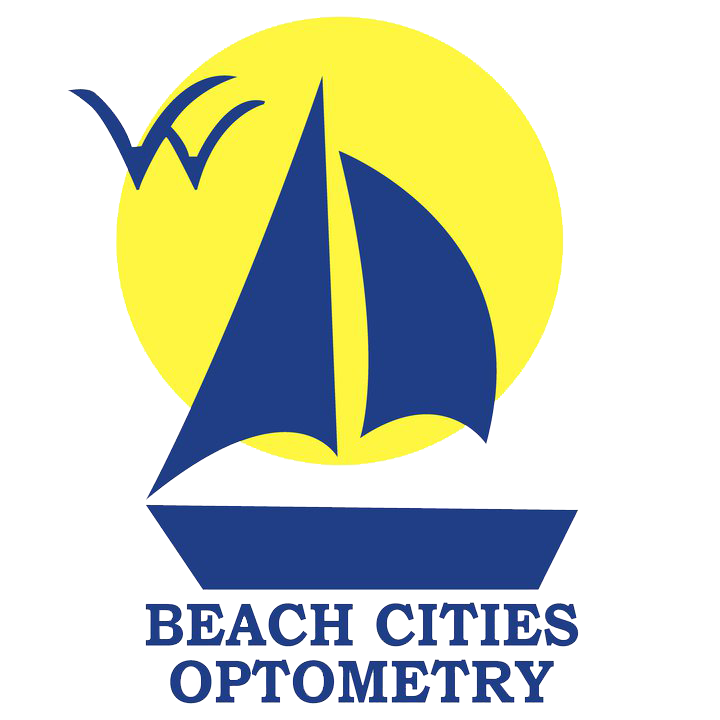
Hyperopia or farsightedness is a refractive error. It causes close objects to appear blurry. However, you can see distant objects. There are various degrees of this refractive error. People with mild hyperopia can see near images. However, those at a significant distance may be a problem. Those with severe hyperopia will only have the focusing ability for objects at a great distance.
Here are some facts to help you understand this refractive error and how it affects your vision.
What Is Hyperopia?
Hyperopia is a focusing disorder, not an eye disease. It is like presbyopia, which is an age-related eye condition. However, there are some differences. Firstly, hyperopia is a lifelong condition. On the other hand, presbyopia develops as you age. Hyperopia can occur in childhood or teens, and some babies also show signs of farsightedness.
The condition is due to an unusually shaped eyeball that causes focusing problems as light hits the retina. You will have to focus more intently to see up close. For presbyopia, the cause is the weakening of the ciliary muscles. Thus, the intense focus may not help. There may also be a hardening of the eye lens.
Causes
Clear eyesight requires light to travel through the cornea, then your eye lens, before it lands on the retina. But when your cornea has an unusual shape that causes hyperopia, it causes the light to land behind the retina.
When this happens, the light from distant objects may land on the retina, letting you see them. There is a high likelihood of having the condition if one of your siblings or parents has it. Another factor that may cause it is when your lens is uneven or not smoothly curved.
Symptoms
What signs or complications may you experience when you have hyperopia? These include:
Headaches
Eyestrain
Blurry vision
Trouble focusing on close objects
Fatigue when performing close-up tasks
The condition can make it difficult to perform everyday activities like reading, sewing, and driving. Consult your eye doctor if you experience any of the above symptoms.
Diagnosis
The doctor will perform an eye exam to establish what is wrong with your eyes. They will ask you to read a chart from across the room. Next, they will use a retinoscope to check how light reflects off your retina if they suspect you have hyperopia.
The instrument helps objectively determine the refractive error of the eye. A phoropter will help determine the best prescription for your lenses, whether you get contact lenses or eyeglasses. You will also need to know your prescription if you decide to get vision correction surgery.
Complications
Adults rarely get complications from the condition. However, children can develop strabismus and lazy eye or amblyopia. These may result in developmental delays that cause learning problems. It may take time for your child to catch up with their education. They may also opt out of extracurricular activities.
For more information on hyperopia, visit Beach Cities Optometry at our Manhattan Beach, California office. Call (310) 906-4426 to schedule an appointment today.







